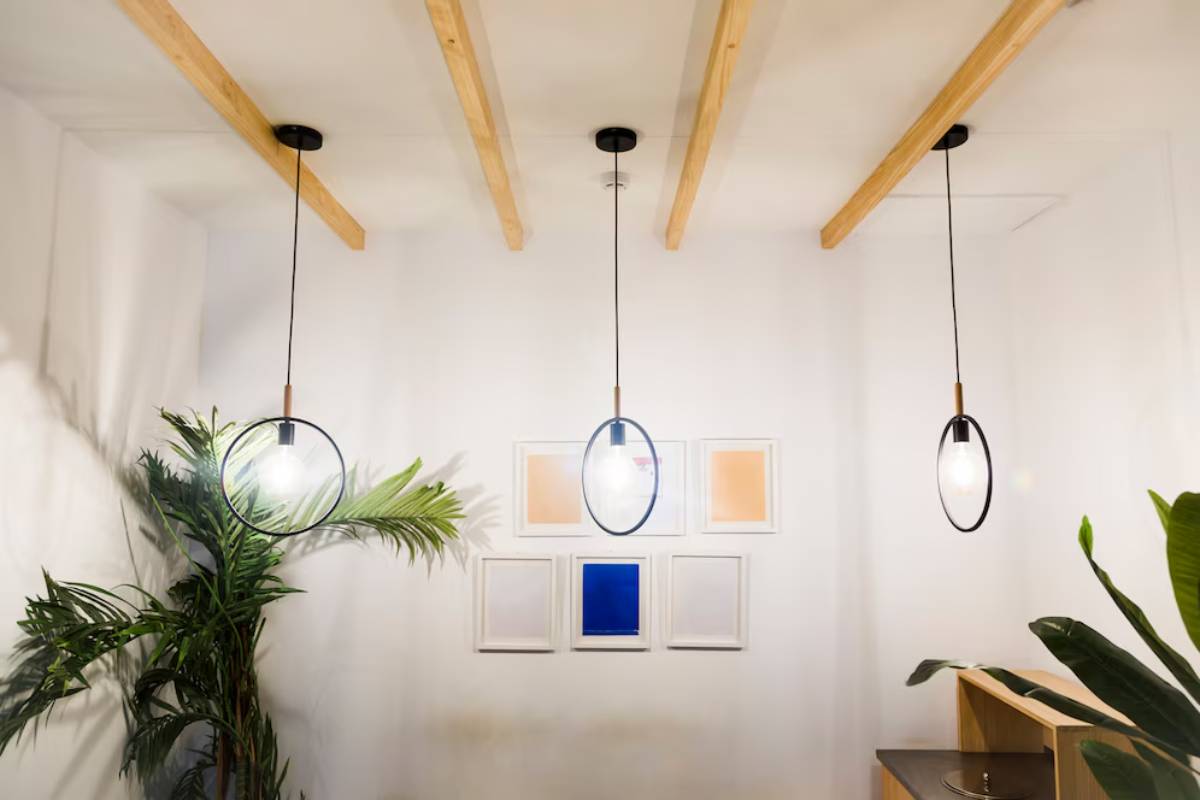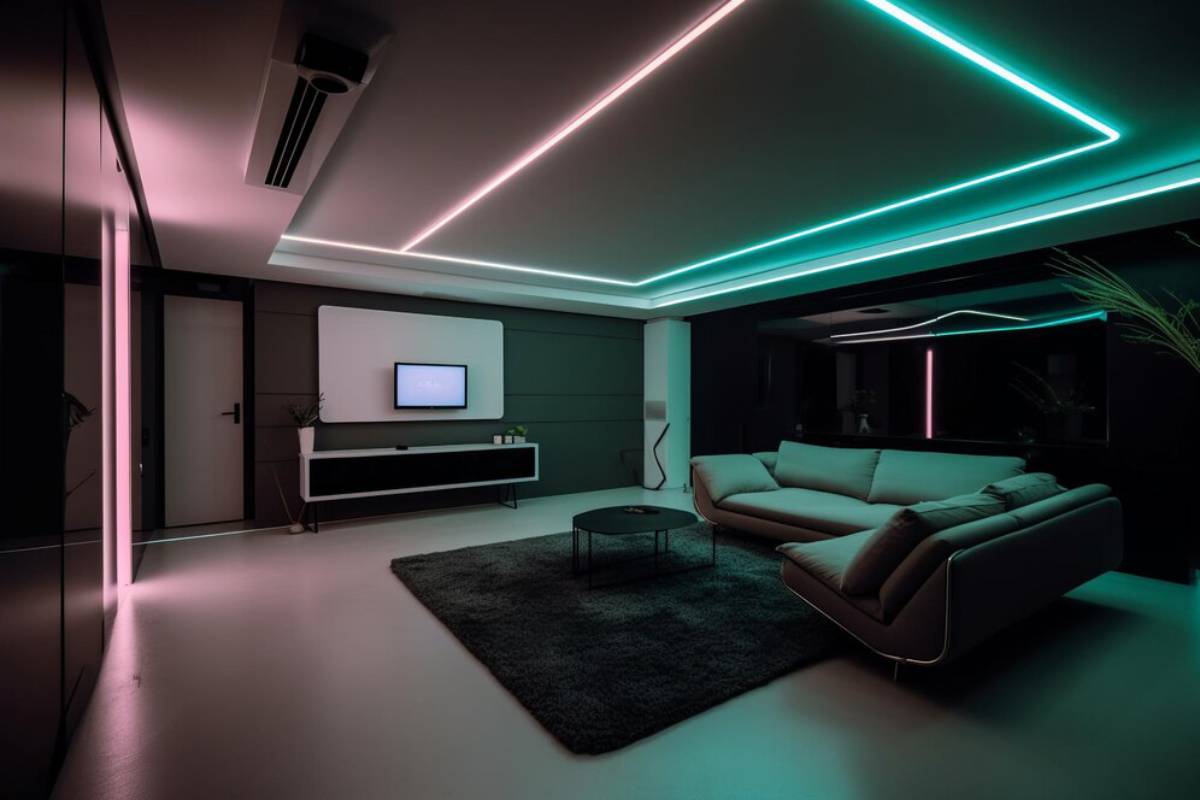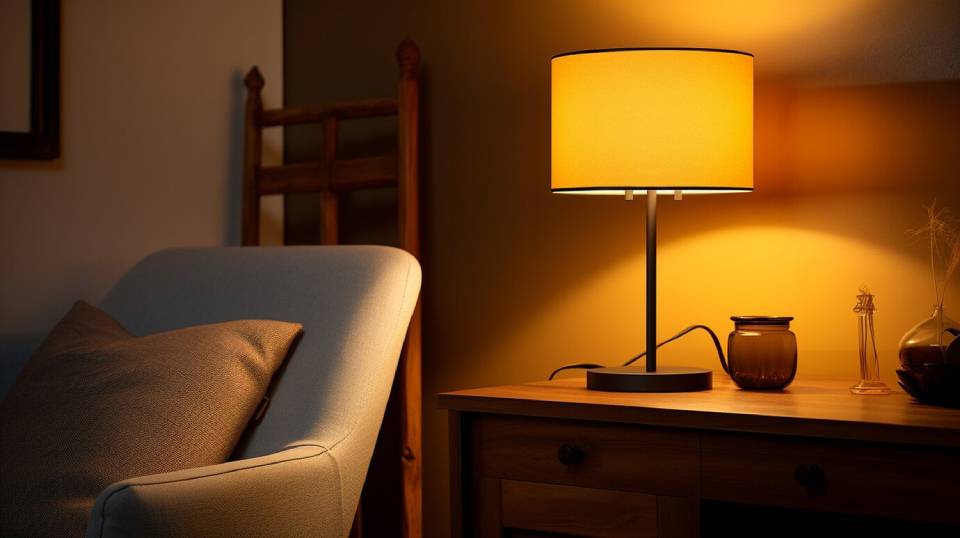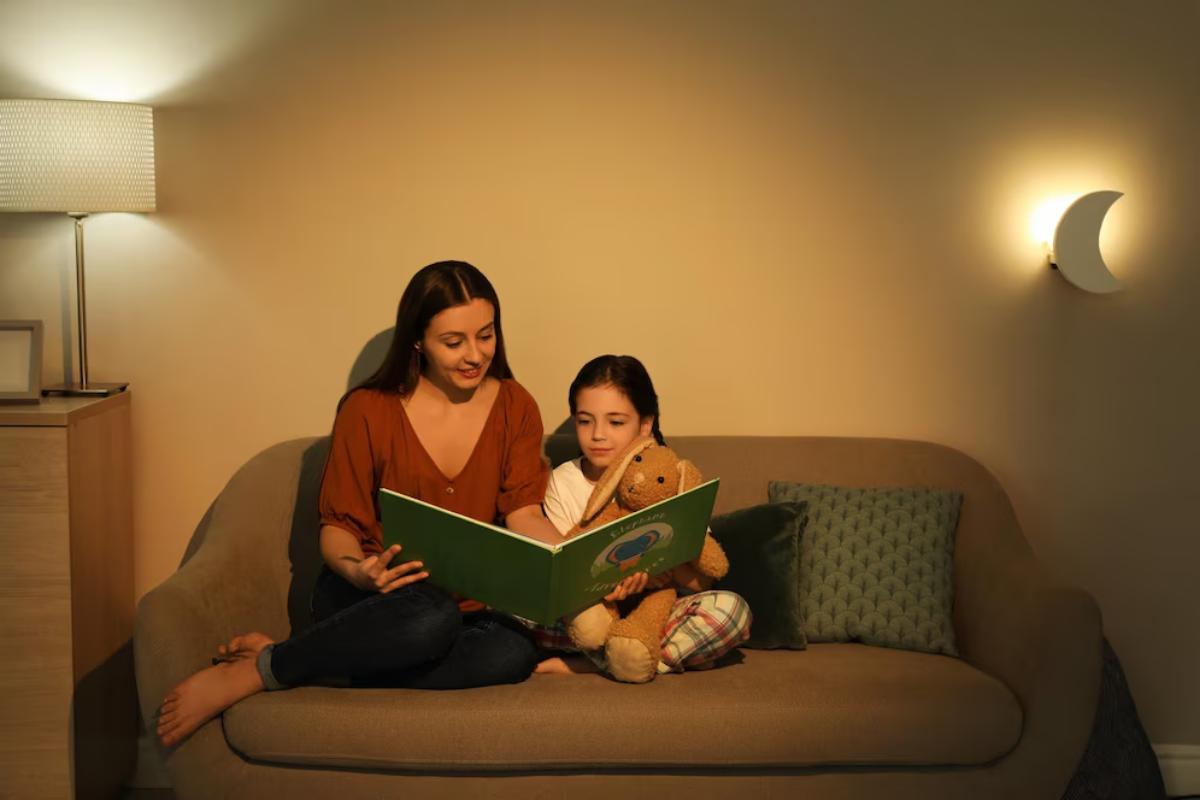
How to Choose the Best Smart Bulbs for Small Rooms
When it comes to interior design, small rooms often pose the biggest lighting challenges. Limited space means fewer lighting fixtures, lower ceiling heights, and an even greater need for versatility. That’s where smart bulbs shine—literally and figuratively.
With the right smart lighting setup, you can transform cramped or dim spaces into warm, functional, and energy-efficient environments. This guide will help you choose the best smart bulbs for small rooms, balancing function, design, and technology.
Understanding the Core: What Makes a Smart Bulb Ideal for Small Rooms?
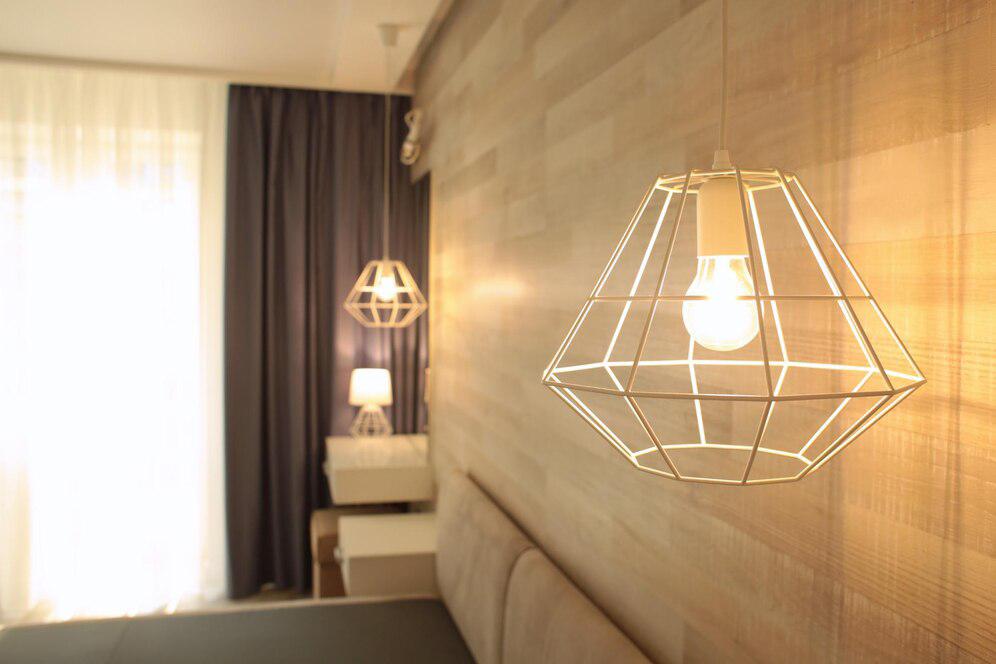
What Are Smart Bulbs?
Smart bulbs are internet-connected lighting solutions that allow users to control brightness, colour, schedules, and more using apps, voice assistants, or automation.
They’re not just gadgets—they’re practical tools that:
- Improve ambience
- Save energy
- Simplify control
- Enable scene customisation
Why They’re Perfect for Small Rooms
Small rooms benefit from:
- Space-saving functionality (e.g., no need for extra switches or remotes)
- Customised brightness to avoid overwhelming tight spaces
- Scene settings to turn one bulb into many moods
- Voice control to eliminate cluttered switches
According to the UK Energy Saving Trust, switching to LED smart lighting can cut lighting costs by up to 80%, making it both eco-conscious and wallet-friendly.
Pro Tip: Use smart bulbs with motion sensors in tight hallway or wardrobe areas where you may not want full manual control.
Quick Reference Checklist: What to Look For
Smart Bulb Selection Checklist for Small Rooms:
- Compact bulb size compatible with fixtures
- Adjustable brightness (dimming)
- Colour temperature range (warm to cool)
- Voice assistant compatibility (Alexa, Google Assistant, Siri)
- App control with scheduling and timers
- Energy-efficient rating (LED, low wattage)
- Scene customisation or preset modes
- Group control for multiple bulbs
- Low latency and reliable Wi-Fi or hub connection
Important Tip: Don’t assume all bulbs fit all fixtures. Check socket compatibility (E27, B22, GU10, etc.) before purchasing.
Step-by-Step Guide: How to Choose the Right Smart Bulb
Step 1: Measure Your Space and Light Requirements
Start by considering:
- The size and function of the room (bedroom, study, hallway)
- The natural light levels
- Whether it’s a single bulb fixture or part of a cluster
Smaller rooms often require bulbs in the 600–800 lumens range for sufficient lighting without glare.
Step 2: Choose the Right Brightness and Colour Temperature
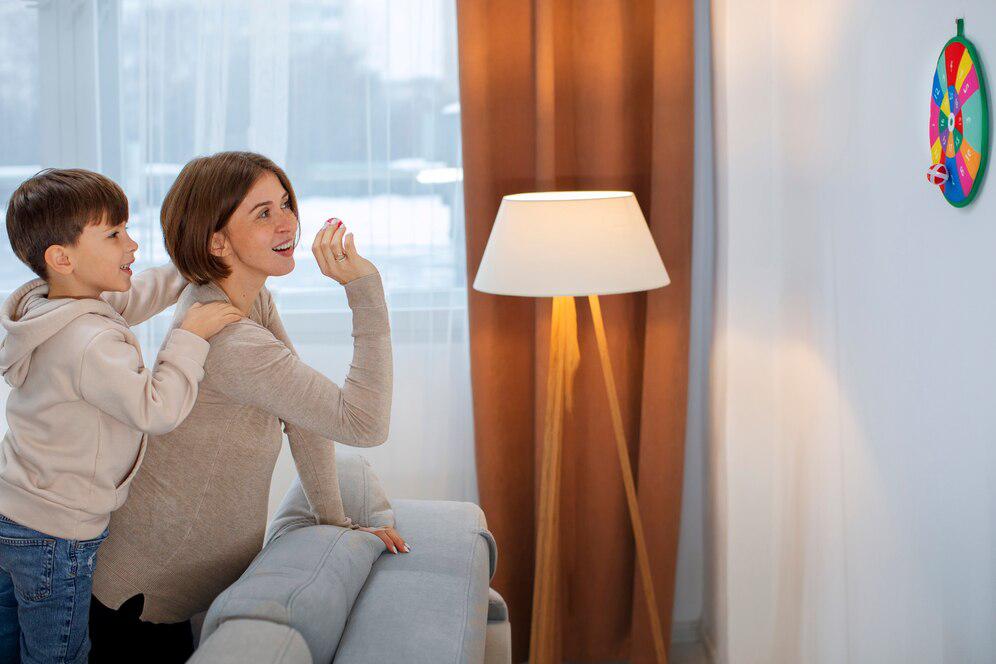
- Warm white (2700K–3000K) – Ideal for cosy bedrooms and lounges
- Neutral white (3500K–4000K) – Great for studies or workspaces
- Cool white (5000K–6500K) – Suitable for task areas or bathrooms
Tip: Bulbs with tunable white or RGB colour allow more flexibility depending on the time of day or mood.
Step 3: Consider Smart Features and Ecosystem Compatibility
Make sure the bulb works with your existing smart home system:
- Voice Control: Alexa, Google Home, Siri
- App Integration: Check if it works with iOS and Android
- No-Hub vs Hub-Required: If you’re just starting out, go for Wi-Fi enabled bulbs that don’t need a hub
Step 4: Look for Energy Efficiency and Longevity
- Check energy rating labels (A or higher)
- Prefer LED smart bulbs with 15,000+ hours of lifespan
- Look for low standby energy usage if you’re eco-conscious
Step 5: Test Scene Settings and Routines
Some brands allow you to create:
- “Movie night” dimming presets
- “Reading nook” warm glows
- Automated wake-up and sleep cycles
Choose a bulb with versatile scheduling and grouping features for seamless control.
Expert Insight
James T., a UK-based lighting consultant, says: “In small rooms, layered lighting isn’t always possible. A smart bulb with multiple settings effectively replaces the need for multiple light sources.”
Best Practices & Additional Insights
Start with One Bulb, Then Expand
Try one smart bulb in your most-used small room first. This helps you:
- Test usability
- Understand app functionality
- Assess brightness and colour settings
Then scale up to other rooms with a similar layout.
Use Voice Routines for Hands-Free Control
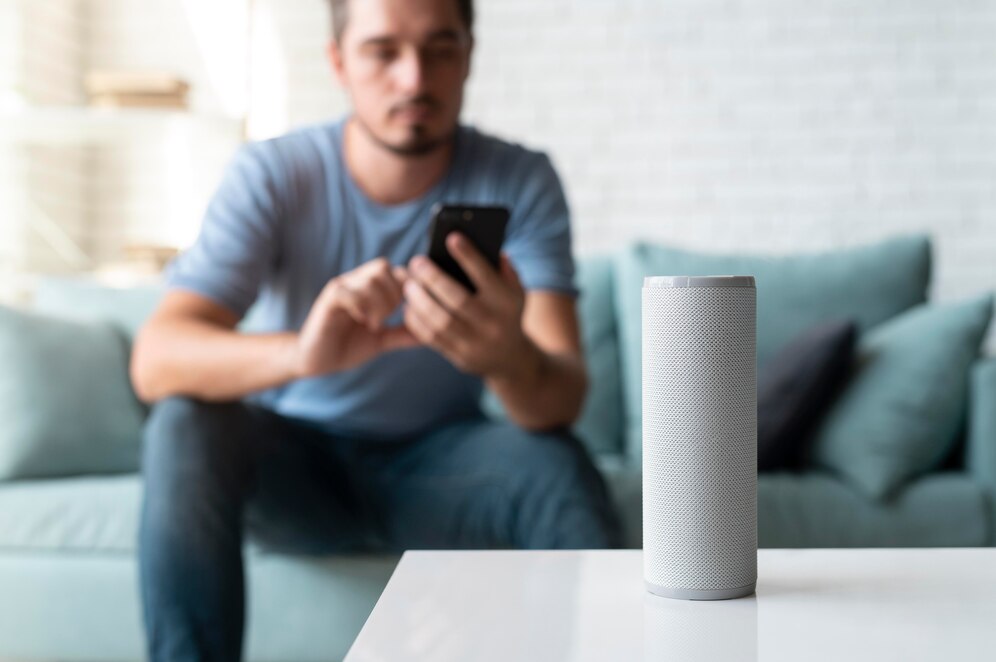
Examples:
- “Alexa, goodnight” dims the room and sets nightlight mode
- “Hey Google, brighten the study” sets 100% brightness for homework time
This is especially helpful for children’s rooms, elderly residents, or those with mobility needs.
Choose Brand Reliability and Firmware Support
Go for trusted names like:
- Philips Hue
- LIFX
- TP-Link Kasa
- Sengled
- IKEA TRÅDFRI
Brands with regular firmware updates stay compatible with the latest smart home standards.
FAQs: Common Questions About Smart Bulbs in Small Spaces
Q1: Do I need a hub for smart bulbs?
Not always. Many bulbs work over Wi-Fi or Bluetooth without a hub. Brands like LIFX and TP-Link offer hub-free options ideal for beginners.
Q2: Are smart bulbs safe for small bedrooms or children’s rooms?
Yes, especially LED models. They produce less heat and are more energy-efficient. Choose dimmable, flicker-free designs for eye safety.
Q3: Can I still use a normal light switch?
Yes, but turning off the switch cuts power to the bulb, disabling smart features. Consider using smart switches or leaving the manual switch “on” and using the app for control.
Q4: How many smart bulbs do I need in a small room?
Often one is enough. For larger small rooms (e.g., a box room), consider 2–3 in a group.
Light Up Your Small Space Smartly
Choosing the best smart bulbs for small rooms isn’t just about brightness—it’s about comfort, control, and flexibility. Whether you want to create a peaceful sleep environment or maximise focus in a tiny study, smart lighting can transform your space with minimal effort.
Ready to upgrade your lighting game? Check out these guides next: How to Create a Personalised Sleep Routine for Better Rest Top Smart Gadgets for Small Apartments.
